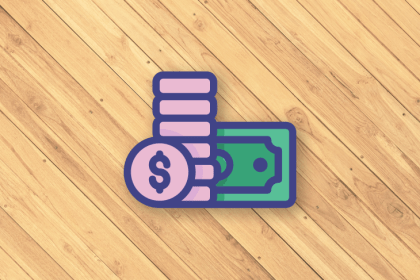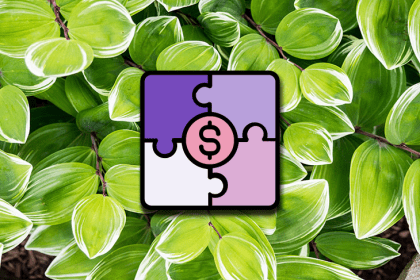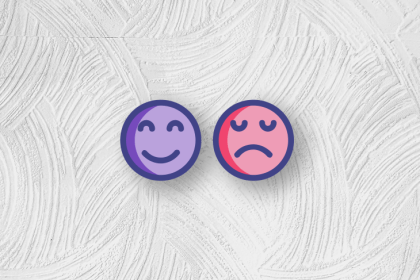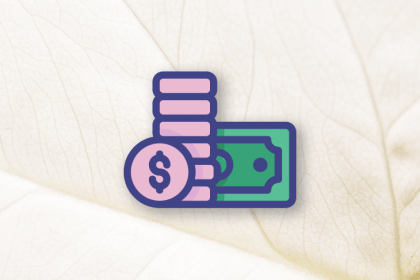
Short-term goals are the goals you plan to achieve within three months. The term plans may differ according to company or product strategies.

In this article, we will deep dive into why product managers should have side projects and how they can help with your personal brand.

Although creating a packaging strategy matrix is a complex and time-consuming endeavor, small improvements in your packaging strategy can make a significant impact on your product performance and bottom line.

A brand extension is an independent brand that’s separate from the main brand and any other brand extensions.

Repositioning is a powerful concept because it allows you to leverage faster, less expensive techniques to jumpstart growth.

A close collaboration with customer support equips product managers with a more attuned ear to the voice of the customer, ensuring their strategies are anchored in real-world issues rather than hypothetical scenarios.

Conjoint analysis is a statistical method often used to conduct market research and evaluate how customers value different product attributes.

ARR represents the yearly revenue generated from subscriptions specific to a software-as-a-service enterprise. It serves as a solid barometer of business stability and proves invaluable for long-term strategic planning.

A scrum master serves a team by coaching team members to understand agile and scrum values, principles, and practices.

Low-hanging fruit are opportunities that have a positive impact on customer experience and aren’t too complex or costly to implement.

Heatmaps help you discover why users are behaving the way they do when they visit your website or use your product. It’s a powerful way to see how users respond to your application and why they may or may not be converting.

A reverse trial puts a full version of the product in front of the user upfront and then takes away features unless they agree to pay more.